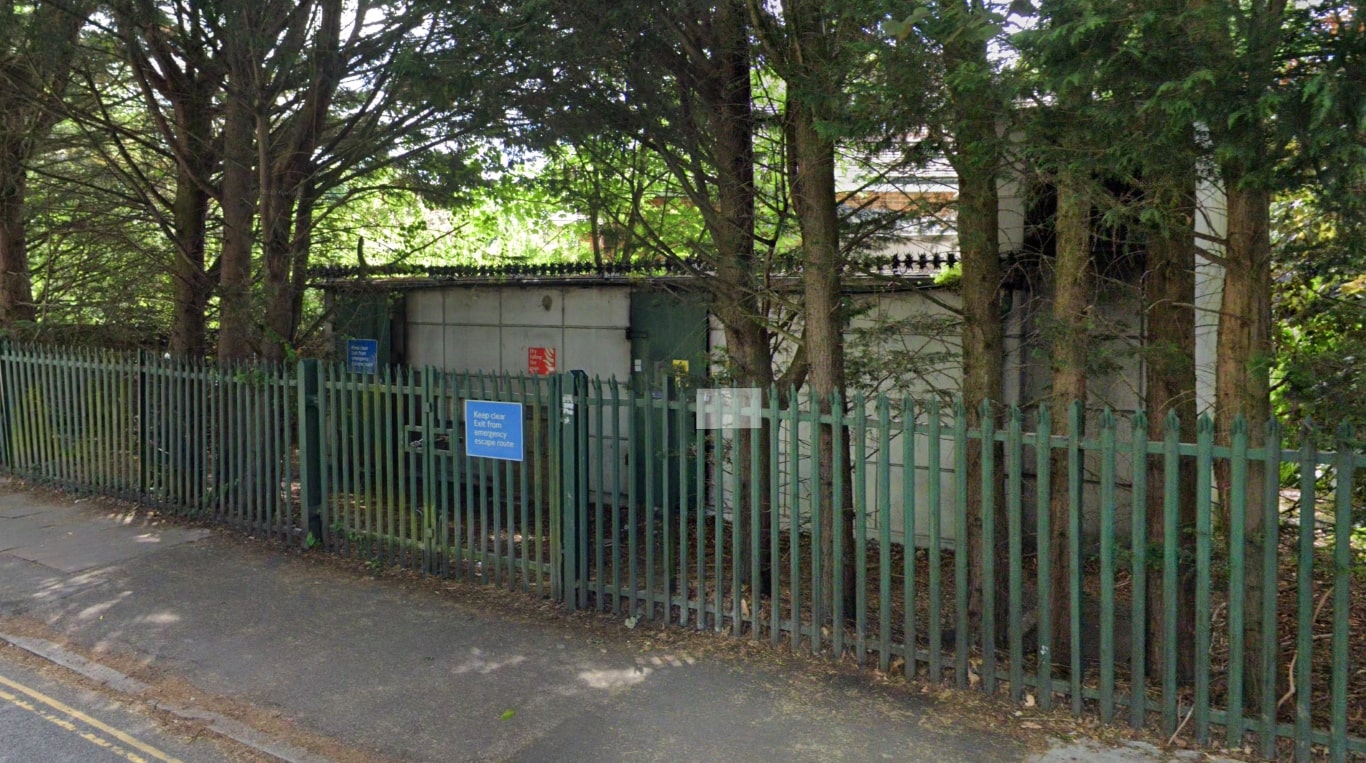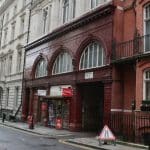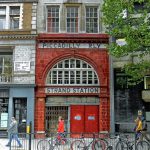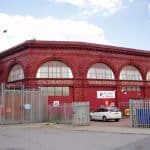Last Updated on 25/03/2023 by Alex Hamlyn
Table of Contents
Where is North End Tube Station?
Is there really a North End Underground Station?
Today, deep below the leafy suburbs of north London lies the incomplete tunnels of North End Tube station. A seemingly unremarkable surface building serves as the entrance to this intriguing site, which fulfilled an important purpose during the Cold War.
North End station, Hampstead, also known as Bull and Bush, is an unused London Underground station located on the Edgware branch between Hampstead and Golders Green on London’s Northern Line. Although it was intended to be part of the Charing Cross, Euston, and Hampstead Railway, this site was never completed. Despite its intended location near the top of a hill, North End would have been the deepest station below ground on the entire London Underground network.
Surface access to the abandoned station was only provided in the 1950s when the lower parts were converted into a floodgate control room. Despite its location near the top of a hill, the North End station was never completed, with only the lower parts of the station being constructed before the project was abandoned. In the 1950s, the below ground area was adapted for use as a floodgate control room for the London Underground, and a staircase and manually operated lift provided access from the surface. Today, the access building on the surface can be seen in Hampstead Way.
How deep is North End station?
The construction of the Charing Cross, Euston and Hampstead Railway (CCE&HR) was given the green light in 1893, but only for a railway route as far north as Hampstead. By the start of the 20th century, financial difficulties had put the project on hold, until it was taken over by a group led by American financier Charles Yerkes in 1900. The plans were then revised to extend the railway to Golders Green, where a depot could be built and opportunities for property development would arise.
Even though the proposed station would be very deep – as far as 39 metres underground – the proposal faced significant opposition from Hampstead residents, who feared that the new tunnels could harm the ecology of the local area. Although the Metropolitan Borough of Hampstead initially objected, they eventually relented and the extended route was approved in the Charing Cross, Euston and Hampstead Railway Act of 1903.
As part of the agreement for the extended route, a station was to be built at North End, serving a planned residential development to the north of the Heath. But, when Henrietta Barnett acquired the land from Eton College in 1904 to form the Hampstead Heath Extension, the number of potential passengers using the station significantly decreased.
Tunnelling began in 1903 but unfortunately, construction of the North End station came to a halt only three years later in 1906 before the lift shafts were even excavated. The surface building was left unbuilt. Despite the extensive work that had already been done, including the excavation of larger diameter station tunnels and low-level passageways, it became clear that the cancellation of the planned residential development in the area would significantly decrease the number of potential passengers using the station. This ultimately led to the decision to halt work on the station.
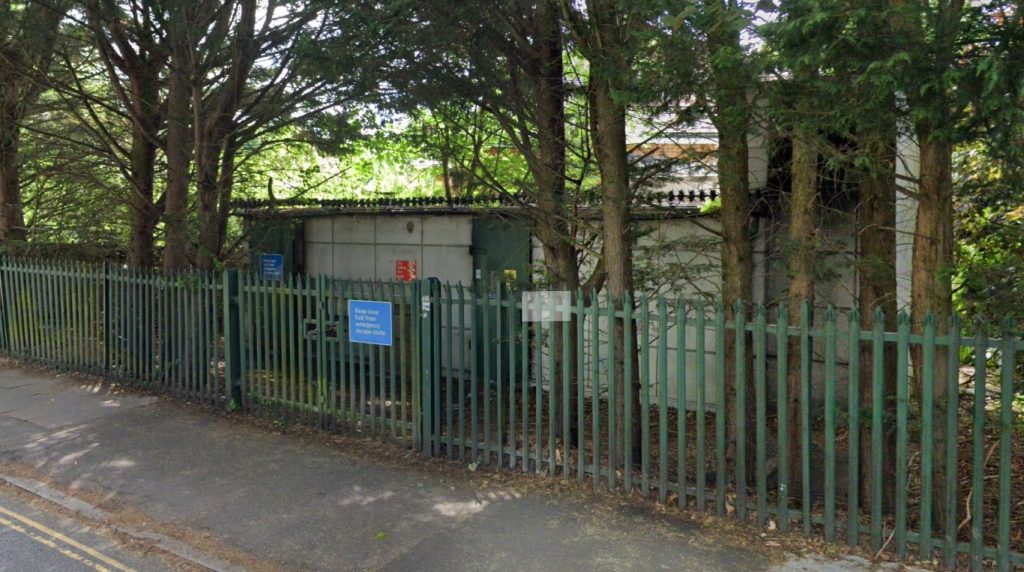
North End Station and the Cold War
For almost 40 years North End station sat empty; undisturbed and almost forgotten by the world above. But nearly a whole generation later it found new life after the outbreak of the Second World War. The UK Government began searching for a way to protect its archives from the threat posed by German bombs. The deep tunnels of North End station were ideal.
Later, during the Cold War, the quiet tunnels under Hampstead were again called into action as a civil defence for the good of London, this time to protect the city’s warren of tunnels, and the hundreds of thousands of passengers, from the threat of a nuclear attack. There was a fear that an attack on the city could breach the walls between the River Thames and the London Underground, so a floodgate control room was installed here to manage the emergency floodgates of the subway network.
The London Passenger Transport Board started the “Special Works” programme in 1953, which involved building a bomb-proof control centre for the underground network, and the chosen site was at the unfinished North End station. The control centre was built in 1954 and opened in 1956, but work was stopped in 1955 when all civil defence control schemes were cancelled. The control centre was used until 1984 and was maintained until 1991. It has since been abandoned, but has remained largely intact. A small lift and a 197-step spiral staircase was built to give access from the surface.
North End station today
Today, the secret history of North End Station isn’t a secret any longer; the Cold War is over, and the surface building no longer needs to be disguised as an electricity sub substation. The exits from the station now serve as emergency evacuation routes from the Underground, and it has even featured in a documentary which was supported by Transport for London.
Image credits
- Google Street View
References
- https://www.subbrit.org.uk/sites/north-end-underground-station/
- http://www.abandonedstations.org.uk/North_End_station.html
- https://en.wikipedia.org/wiki/North_End_tube_station
- https://www.ltmuseum.co.uk/collections/stories/engineering/north-end-hidden-history-station-never-was
- https://www.mylondon.news/news/nostalgia/abandoned-london-underground-station-shut-21832935
- https://factrepublic.com/facts/8238/
